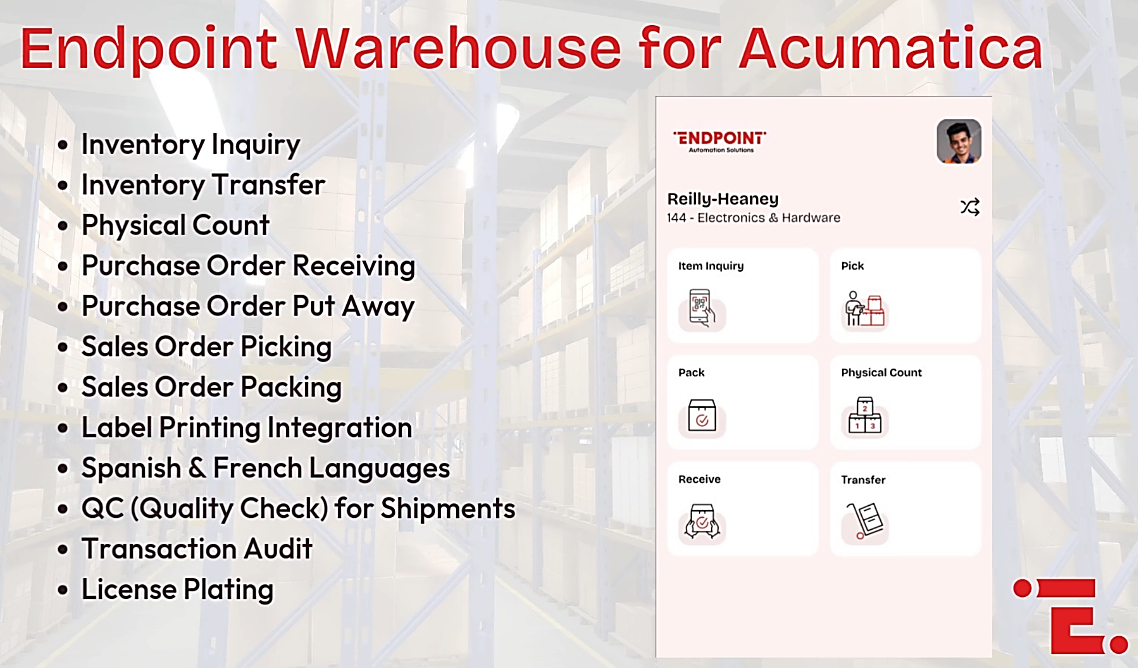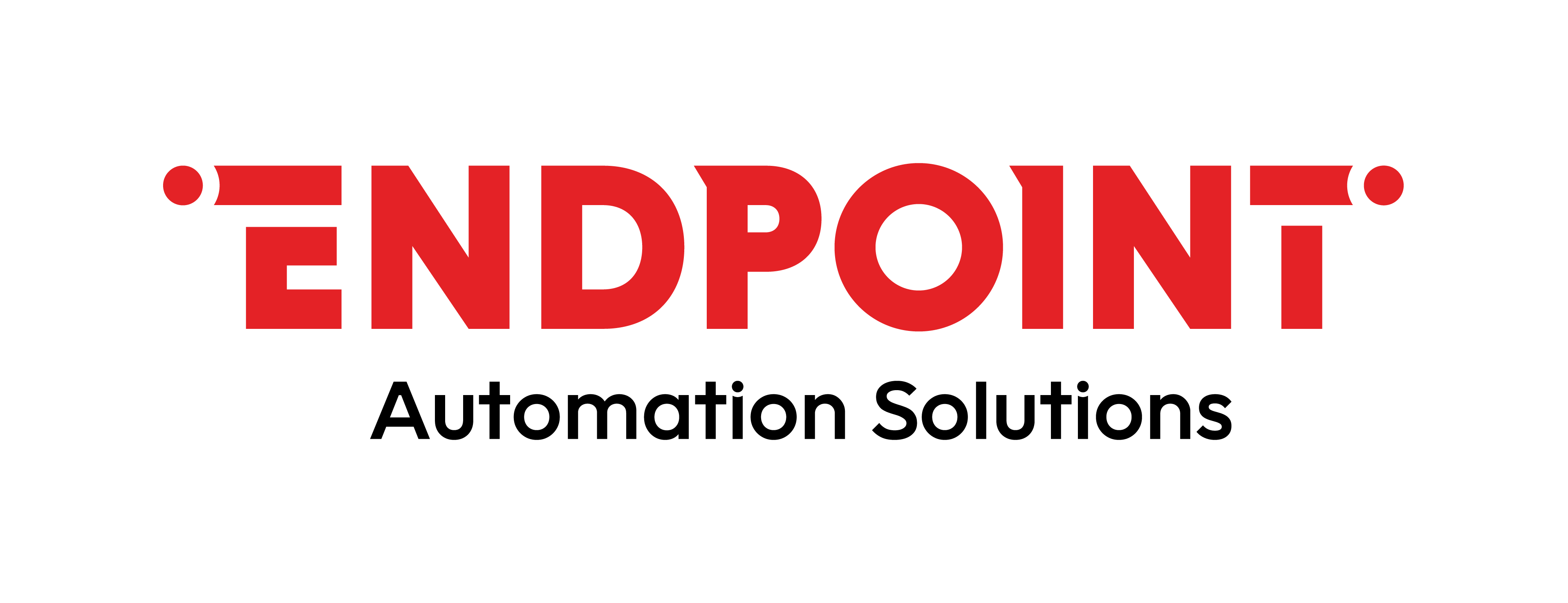March 5th 2025 10:26:27 AM
Supply Chain Software Lets You Go Digital to Optimize Costs, Improve Collaboration, and Much More
November 2nd 2021 11:00:00 AM
It has been difficult to avoid headlines recently about the severe raw materials shortages plaguing some industries that feed manufacturers. Supply chains have been affected by unprecedented disruptions due to the COVID-19 pandemic and other factors. While many companies have experienced losses, it does not mean you are helpless in the face of these issues. Going digital and adding supply chain software to your operation is a strategy that will help your business reap multiple benefits, including optimizing your costs, improved collaboration, and more.
Supply Chain Disruptions Responsible for Trillions in Lost Revenues
A recent survey of European and US business leaders found that 45% of respondents stated that COVID-19 had “significantly disrupted their supply chain.” The survey also found that COVID-19 was not the only factor responsible for straining (and occasionally breaking) supply chains in 2020. The other factors that disrupted supply chains were as follows:
- Cyberattacks 36%
- Fluctuating commodity prices 33%
- Differing regulations 32%
One-third of the survey respondents said their operational costs had grown “significantly” due to supply chain disruptions.
Thirty-eight percent of companies with annual revenues higher than $1 billion said they had suffered “significant damage” to their brand.
Shift in Global Supply Chain Strategy
According to the report, there has been a significant shift in supply chain strategy worldwide. Resilience and redundancy are the new buzzwords for today’s supply chain managers, with 60% of respondents agreeing they are the most important criteria. They are replacing efficiency and speed as the most important considerations. Over half the survey respondents stated that companies must make considerable shifts to manage supply chain disruptions going forward.
A significant number of businesses (40%) are making changes like fine-tuning their sales and pricing plans. They are modifying the same due to changes in customer preferences because of the disruptions. A further 40% of businesses are ensuring lines of credit are in place from their investors and financial institutions for this reason.
Business Strategies for Mitigating Effects of Future Supply Chain Disruptions
Businesses are using several strategies to mitigate the effects of future supply chain disruptions, including:
- Investing more company resources into digital technology
- Strengthening their relationships with their existing suppliers
- Implementing supply chain risk management teams
- Integrating their procurement and supply chain departments more closely with IT and finance.
Benefits of a Digital Supply Chain
All process automation is beneficial to your business. If you only automate some processes, however, you are not getting the full benefit of taking this step. Incorporating supply chain software into your plans gives you the capability to share information between departments.
- Changes the supply chain from being reactive to forward-thinking
Many supply chains are still operating on a backward-looking approach. Their managers take action only after something happens. Operating on a purely reactive basis does not leave much time for planning or predicting the company’s future needs.
In contrast, a digital supply chain allows your management team to review and share collected data. It is then used to make predictions about the company’s future needs calmly and carefully.
- Improves collaboration between users
As data becomes available to more users in the system, it allows them to collaborate much easier. It does not matter where they are physically located, since the supply chain software allows authorized users to log in from the head office, the warehouse floor, or a customer’s place of business. The data is available to all authorized users in real-time.
- Minimizes lead times
Wait times are reduced with a digital supply chain. This is true whether you are ordering raw materials for a manufacturing plant or finished goods for a distribution center or a retail establishment.
No business can afford to have products that are out of stock, since this leads to lost revenue down the line. A digital supply chain helps to ensure you are ordering the right amount of stock at the right time.
Your suppliers can keep you up to date about supply levels. It gives you time to pivot and make alternate arrangements if your regular supplier is unable to provide your regular order as agreed. In the current environment, it makes sense to cultivate relationships with multiple suppliers in case your first option is unable to provide your company with enough raw materials or stock to fill your orders.
Keep your warehouse full by working with multiple suppliers. Give consideration to local and regional ones where possible. They may charge slightly higher prices on the product; however, you may save money on transportation costs to break even or have only a slight difference on the overall pricing.
- Optimizes your costs
A digital supply chain helps you to optimize your transaction costs by making them transparent. Your team will be able to tell at a glance how much you are paying for licenses, along with renewal dates, and data usage (both in the cloud and on-premises). It also reveals hidden costs associated with these applications.
Scanco’s Supply Chain Software Solutions Give You Tools to Track All Your Products
 Scanco has been working with businesses of all sizes for years. We know our customers need the right software integrations to collect and process data to monitor their supply chain properly.
Scanco has been working with businesses of all sizes for years. We know our customers need the right software integrations to collect and process data to monitor their supply chain properly.
Scanco can provide you with the tools required to track all your raw materials and products across the supply chain and respond to developments as necessary. Our solutions give you the real-time information you need to optimize costs, minimize lead times, and convert your organization into a forward-thinking one.
Sage 100’s Operations Management Purchasing Module creates a start date for each job, along with dates for each sub-phase. It also automatically creates materials lists and purchase orders, so everything is accounted for on a job. Purchasing creates a to-do list for each job and ensures only the materials needed are ordered.
The Purchase Agent Operations Management Module can be purchased as a stand-alone model or along with Operations Management. It gives you a detailed list of materials required for a job based on previous orders, your current supplies on hand, the quantities on the purchase order, etc. Purchase Agent lets your team generate new purchase orders with a few keystrokes.
Would you like to learn more about Scanco’s supply chain software options? Contact us today to discuss your options with one of our solutions experts.













